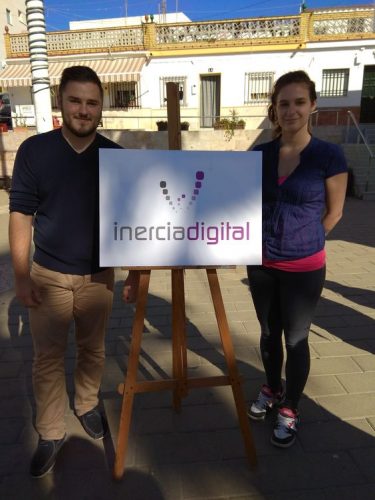Should I stay or should I go? Erasmus+ Part 2 // ¿Debería irme o quedarme? Erasmus+ Parte 2
Should I stay or should I go?
ERASMUS+
Part 2
Staff Mobility for Teaching and Training
Erasmus Plus is a programme for education, training, youth and sport. This programme is mostly based on opportunities for students and recent graduates, but the budget is also available for teachers and non-academic staff to help them to develop their skills in universities and schools across Europe. The aim of the mobility is the cooperation which leads to the modernisation of higher education.
It provides teaching opportunities for the teaching staff of higher education institutions and staff invited from enterprises.
This kind of mobility has become popular since its introduction in 1997. Since its launch, over 350 thousand staff exchanges have been supported and the most popular destinations for the mobility were and still are Spain, Germany and Italy.
The main objectives of the staff mobility for teaching and training are to enrich the courses which they offer, encourage institutions to broaden. It also has good benefits from the knowledge and expertise of academic staff which they can offer to their students and it promotes exchange of expertise and experience on pedagogical methods.
Thanks to this kind of mobility students and staff are more motivated to become mobile and also it creates links between higher education institutions and enterprises.
For more information about Staff Mobility for Teaching and Training, please follow this links here and that other one. For more information about the European Union support for students and staff exchanges and university cooperation, please follow link here. And to enter the first parte of this post, click here.
¿Debería irme o quedarme?
ERASMUS+
Parte 2
Movilidad del personal para la Enseñanza y la Formación
Erasmus+ es el programa para la educación, aprendizaje, juventud y deporte. Este programa se basa principalmente en las oportunidades para los estudiantes y graduados recientes. Pero los fondos también están disponibles para profesores y personal no académico, para ayudarles a desarrollar sus habilidades en las universidades y colegios alrededor de Europa. El objetivo de la movilidad es la cooperación que lleva a la modernización de la educación superior.
Proporciona oportunidades de enseñanza para el personal docente de las instituciones de la educación superior y el personal invitado de las empresas.
Este tipo de movilidad se ha convertido en muy popular desde su introducción en 1997. Desde su lanzamiento se han producido más de 350.000 intercambios de personal y los destinos más usuales han sido y siguen siendo España, Alemania y Italia.
Los principales objetivos de la movilidad del personal:
En la enseñanza y la formación, para enriquecer los cursos que se ofrecen, estimular a las instituciones para ampliarlos, y que también se saque un buen provecho de los conocimientos y de la experiencia del personal académico que pueden ofrecer a sus estudiantes, y promover el intercambio de conocimientos y experiencias con métodos pedagógicos.
Gracias a este tipo de movilidad, los estudiantes y el personal docente están más motivados para ser más móviles, y también se crean vínculos entre las instituciones de educación superior y las empresas.
Para obtener más información sobre la movilidad del personal para la Enseñanza y Formación, por favor, siga los siguientes enlaces aquí o en éste otro. Y para obtener más información sobre El apoyo de la Unión Europea a los intercambios de estudiantes y personal docente y la cooperación entre universidades, por favor, haz click aquí. Y para acceder a la primera parte de éste post, haz click aquí.
Veronika Fricova
Latest posts by Veronika Fricova (see all)
- Training course Collaborative Tools for Teamwork//Curso de formación Collaborative Tools for Teamwork - 30/11/2017
- NEW KA2 PROJECT «ENTREPRENEURIAL EDUCATION FOR YOUTH»//NUEVO PROYECTO KA2 «ENTREPRENEURIAL EDUCATION FOR YOUTH» - 31/10/2017
- Training activity of the INTEMIS project//La actividad formativa del proyecto INTEMIS - 31/10/2017




